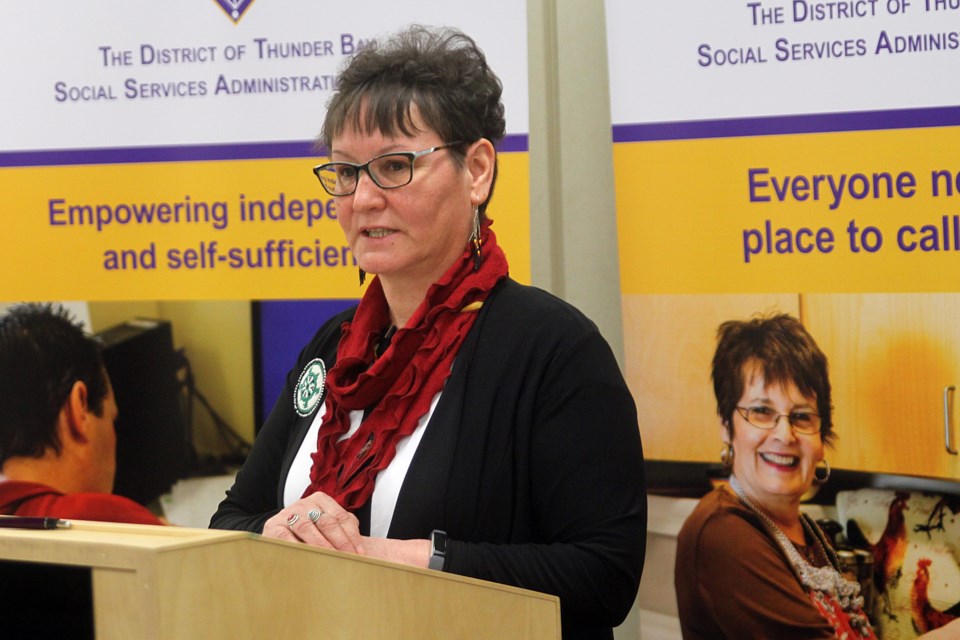THUNDER BAY – Two years ago a first of its kind count found there were at least 289 homeless people in Thunder Bay. This weekend, a number of community partners will come together to see if anything has changed.
The Thunder Bay District Social Services Administration Board, Thunder Bay Indigenous Friendship Centre and the Lakehead Social Planning are leading the city’s second Point in Time homeless count, which will attempt to provide data to determine the population of those living in Thunder Bay without housing.
More than 50 staff members and volunteers from the community agencies will canvas areas such as the Shelter House, soup kitchens and public spaces where homeless people are known to frequent as well as hold a number of drop-in locations during a 24-hour window that begins at 6 p.m. on Saturday.
The count provides a snapshot in time of how many people are living homeless, including information about their age, gender, racial identity, whether they have served in the military as well as their circumstances such as how long and how many times they have been homeless and where they are planning on sleeping.
The 2016 count found that of the 289 participants, 213 of them identified as Indigenous. At 73 per cent, that rate is significantly disproportionate to the city’s Indigenous population.
The prevalence caught the attention of Thunder Bay Indigenous Friendship Centre executive director Charlene Baglien.
“Not having any other prior data, it was rather startling,” Baglien said on Wednesday at a news conference announcing the upcoming count. “I think we already knew that but just having the numbers actually on paper and verifying it.”
Baglien said understanding why Indigenous people are ending up homeless needs to focus on the whole person, rather than just their lack of a physical structure.
“Indigenous people have a strong relationship with the land, with the water, with language and our identity. When those relationships are impacted upon from different circumstances … it impacts them emotionally, spiritually and physically,” Baglien said.
“That’s why we need to look at homelessness as not just structures and brick and mortar. We need to look at it from a holistic perspective.”
Thunder Bay Drug Strategy coordinator Cynthia Olsen, who noted housing is one of the strategy’s pillars, said more than 80 per cent of individuals in the 2016 count indicated substance use was a factor in their homelessness.
“It’s something that we need to be mindful of and understand how that interacts with homelessness to better support folks so they can maintain housing and move through recovery if that makes sense for them,” Olsen said.
“People need accommodations and in order to effectively support them they need the services that will meet their needs in order to maintain the housing. That’s a win for the community and it’s also a win for those individuals.”
Along with the point in time count, the organizations will also be conducting a registry week until April 27 in Thunder Bay and other district municipalities including Greenstone, Terrace Bay, Oliver Paipoonge and Marathon where individuals can sign up to be connected to services and resources.
Extending out into the region can start to a paint a picture in areas that haven’t been previously examined, Thunder Bay District Social Services Administration Board chief administrative officer Bill Bradica said.
“For the first time we’ll actually get a true sense of what the situation is in the rest of the district,” Bradica said.
“We really didn’t have anything on that other than a little bit of information from our waitlist. We are hearing anecdotal information from the OPP and others that, for example, in Marathon there are visible signs of homelessness in smaller communities as well in our district.”
Bradica said the 2016 count helped the social services board develop their acuity tool to prioritize their housing waitlists, which led to 60 people being identified with 40 of those having already been placed into permanent housing with supports.
